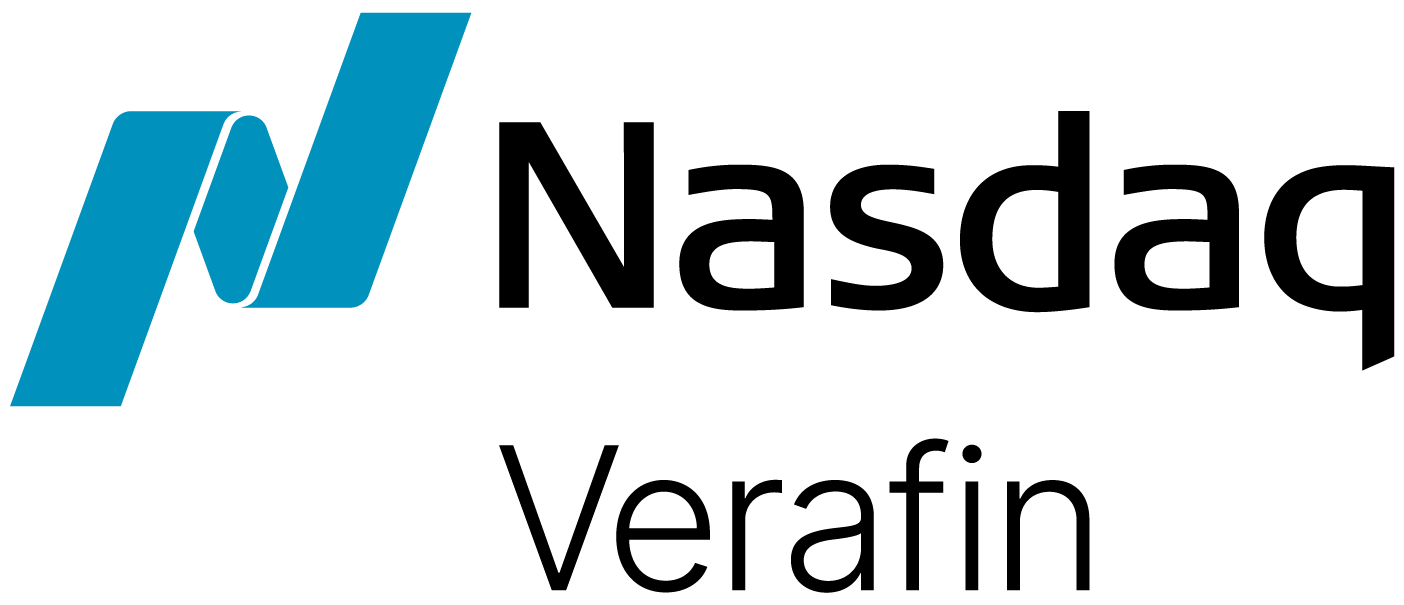The financial industry has entered a period of significant challenge and opportunity in payments. With the increasing focus on frictionless customer experiences and introduction of new payment rails such as TCH RTP and FedNow, money is moving faster than ever before, and fraudsters are capitalizing. Our experts have identified five key payments fraud trends to consider in this time of change — and how your institution can take decisive action.
- Authorized Fraud: The Danger of Social Engineering
In response to stronger first-party fraud controls, criminals have shifted their approach from stealing account credentials and committing fraud directly, to manipulating your customers into initiating the fraud themselves. In Authorized Push Payment (APP) scams, the customer authorizes the fraudulent payment, rendering most password and token controls ineffective, and obfuscating the nature of the activity for investigators. With APP scams, such as investment schemes and Business Email Compromise (BEC), behind billions of losses in 2022 alone, having an effective payments fraud solution is paramount. - Rampant Elder Financial Exploitation
Elder financial exploitation is a tragic crime that is growing more common and complex. Criminals are exercising even greater patience, sometimes waiting months or even years before demanding funds in scams. This extended grooming can make intervention highly challenging — and losses can be life changing. In recent testimony before the U.S. Senate Special Committee on Aging, an elderly veteran recounted how a months-long computer scam cost her $20K, and nearly her home. More than ever, the financial industry has a crucial role — to prevent victims from “losing [their] self-worth and retirement savings in a click.”
- #JailTime: Exploiting Youth on Social Media
Youth are the future of payments, representing the next generation of financial consumers — and criminals are capitalizing with online scams. Young adults are more likely to trust information they receive on social media, making these platforms ideal vectors for scams involving fake jobs, loan forgiveness, housing and more. Fraudsters may also offer to purchase credentials for tenured bank accounts, allowing them to launder funds while bypassing account opening procedures and controls. Victims, often unaware of the consequences of assisting in mule activities, may be held responsible for aiding and abetting financial crimes. Implementing a payments fraud solution that considers suspected mule activity in analysis may be critical to safeguarding the next generation in payments. - Scaling Scams & Profits
Bad actors are focused on scaling their crimes to maximize profits and exploiting our reliance on technology. Firebrick Ostrich, a criminal organization focused on targeting U.S. businesses, is launching BEC scams on a near-industrial scale — over 350 campaigns since 2021 alone. Harvesting information from public websites, the group impersonates third-party vendors and sends phony ACH payment requests to businesses’ accounts payable divisions. With fraudsters coordinated and unrelenting, financial institutions will need to employ a consortium approach to payments fraud prevention — fighting back together as an industry. - New Channels: Exploiting Cryptocurrency
Perceived anonymity. Irreversible transactions. Cryptocurrency and its unfamiliarity to consumers has become a goldmine for criminals, with crypto-related scams claiming at least $1B from 2021 to 2022. More recently, cryptocurrency investment schemes have surged, exposing Americans to further crime and deception — bad actors, claiming to have investment expertise, convince victims to transfer funds to accounts under their control. Payments fraud solutions that consider crypto-related activity are essential to protect financial institutions and their customers from losses.
Decisive Prevention with Consortium Analytics
Criminals are constantly shifting tactics — as the industry enters a new era of payments and fraud continues to evolve, financial institutions need effective solutions more than ever. Using insights from 2400 financial institutions and 300 million profiled accounts, Verafin’s consortium approach provides comprehensive insight into payment risk for commonly exploited channels, such as ACH and wire — beyond the limitations of an individual institution and without sharing Personally Identifiable Information (PII).
Payments involving known accounts with a history of legitimate activity across the consortium are analyzed as lower risk, while wires involving unrecognized accounts are analyzed as higher risk — representing potential mules or other accounts opened to facilitate fraud.
Our wire fraud analytics also include cryptocurrency evidence, allowing you to detect first-time crypto activity that may be uncharacteristic for your customer and indicative of a potential crypto-related scam. Verafin also considers suspected mule accounts in analysis, ensuring your institution is not wiring payments to suspected money mules.
For more information on Verafin’s consortium approach to combating payments fraud, download our Product Brochure.



